

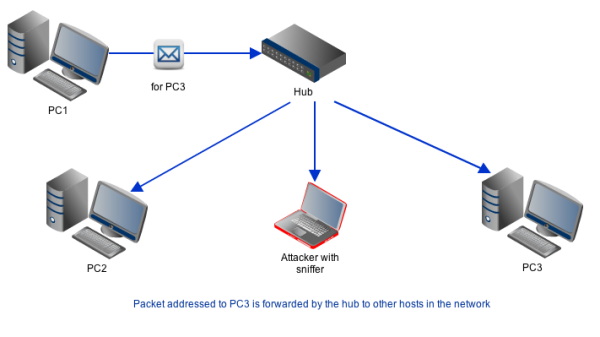

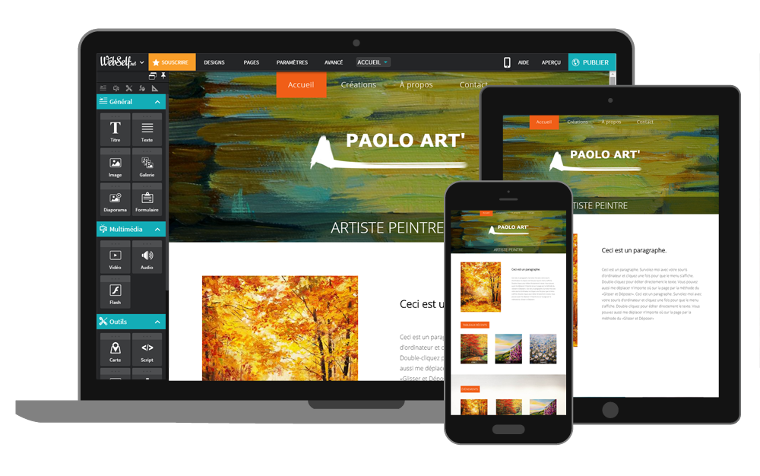
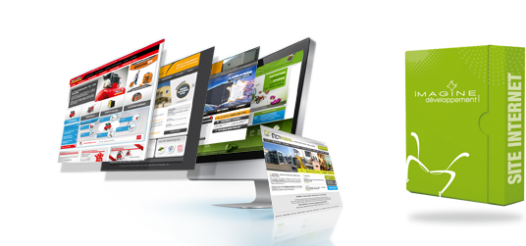
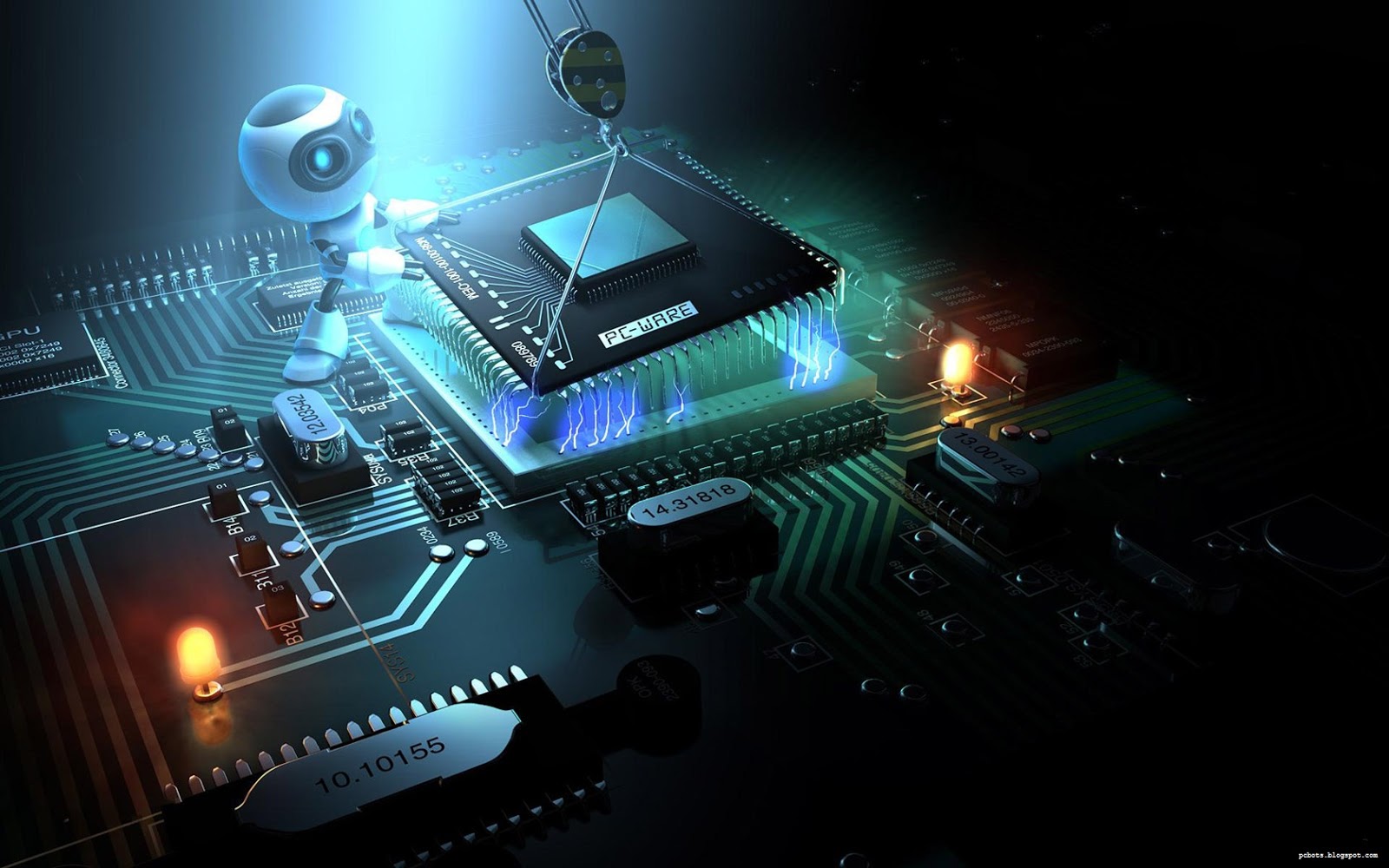


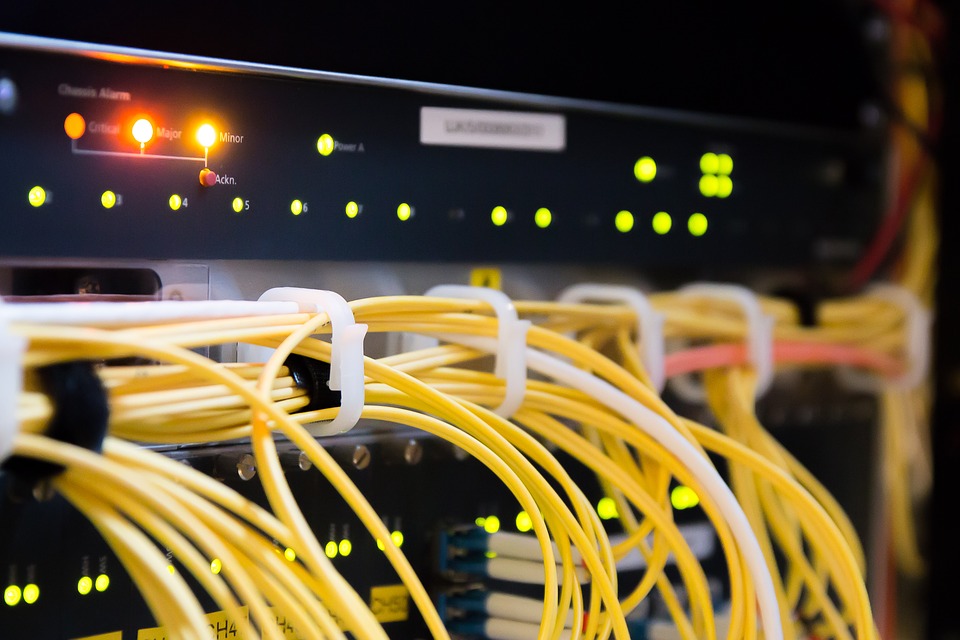
FORMATION EN GENIE LOGICIEL
30 % Théorie, 70 % PRATIQUE -- 4 MOIS DE FORMATION + 2 MOIS DE STAGE
En ce moment, Profitez d’une bourse de 50% + 1 Laptop Dual Core Offert à Groupe de Génie.
Prérequis : Avoir les bases en Informatique, Savoir Programmer, Avoir un Ordinateur Laptop performant.
GENIE LOGICIEL EN 7 ETAPES
Devenez très vite, un développeur de logiciel sur mesure grâce à notre formation respectant les normes internationales et lancez-vous dans ce marché vaste
1. ANALYSE DES BESOINS ET ÉTUDE / RÉALISATION D’UN CAHIER DES CHARGES
Cette première partie est cruciale dans le développement de logiciel. Il s’agit de décrire le type de solution souhaité par le client, son utilisation et ce que qu’il en attend :
· Les besoins : fonctionnalités, finalité
· Conditions techniques : Système d’exploitation, configuration réseau, supports utilisés
· Contraintes métiers, attentes et exigences spécifiques liées à votre activité
· Délai de mise en œuvre souhaité
· Cahier des charges : Elaboré par nos soins si vous n’en avez pas encore établi
· Etude de faisabilité du projet
2. SPÉCIFICATIONS FONCTIONNELLES & TECHNIQUES (GÉNÉRALES ET DÉTAILLÉES)
· Spécifications fonctionnelles (ce que le client veut)
· Spécifications techniques (comment allez-vous procéder) : Choix des langages et éléments à utiliser, estimation de la durée de développement, définition de l’architecture du progiciel (structure générale, organisation des éléments et relations entre eux, ergonomie), précisant ses fonctions et les ensembles qui le composent, puis validation de votre part
· Estimation durée : Elaboration du planning du projet en fonction des priorités
3. DÉVELOPPEMENT SPÉCIFIQUE
L’apprenant intervient dans le développement d’une solution à partir des spécifications définies en employant les langages de programmation nécessaires. L'IHM (Interface Homme Machine) est réalisée selon les spécifications du client ou la création d'éléments graphiques par un graphiste et l’apprenant.
4. PHASE DE TESTS
· Tests avant intégration : Afin de garantir l'efficacité de l'application, réalisation de nombreux tests aux différentes étapes de réalisation.
· Intégration, tests complets et qualification : Lors de l'intégration, assemblage des différents modules et création des interfaces, tests effectués afin d'éprouver la compatibilité des éléments entre chaque phase
· Recette de l’application avec vos équipes : Vérification de la conformité du logiciel aux spécifications approuvées dans le cahier des charges.
5. IMPLÉMENTATION
Si les tests sont satisfaisants, nous passons à la dernière étape du développement spécifique : l'implémentation. Nous installons le nouvel outil informatique dans votre système.
Pour la mise en oeuvre d'une application Web, 2 possibilités :
- Externaliser via l'hébergement dédié ou mutualisé en Data Center sur serveurs LAMP avec sauvegardes régulières (accès à l'application via Internet)
- En interne sur serveur local dans vos locaux nécessitant l'achat d'un serveur et son administration (accès direct sans passer par Internet - réseau local)
6. ACCOMPAGNEMENT DES UTILISATEURS
· Documentation : Elaboration d’une notice explicative
· Formation : Formation des utilisateurs à la solution
· Hotline : Mise à disposition d’une hotline en cas d’urgence
7. EVOLUTIONS DE L’APPLICATION À PARTIR DE VOS DEMANDES
Dans le cadre du contrat de tierce maintenance applicative, Il s’agit d’appliquer une maintenance corrective. De plus, les solutions que nous vous apprenons à développer sont entièrement créées sur mesure et sont donc totalement évolutives en fonction des besoins du client.

Toute l'équipe Groupe De Génie est à votre écoute pour vos besoins en fonction de votre budget. En plus des meilleurs prix du marché, chez nous c'est Satisfait ou Remboursé !!!